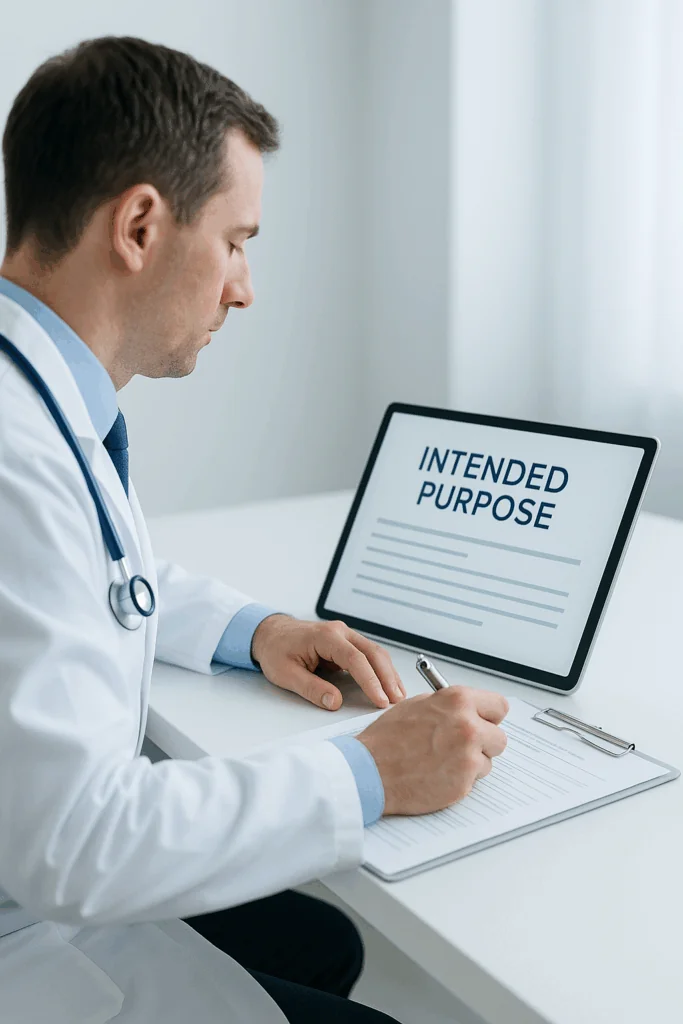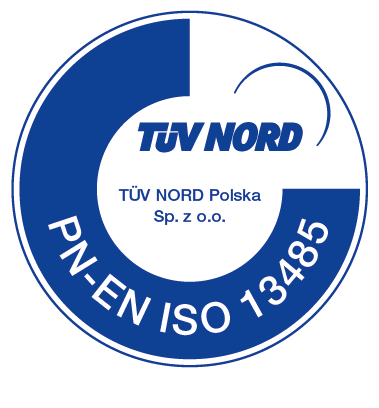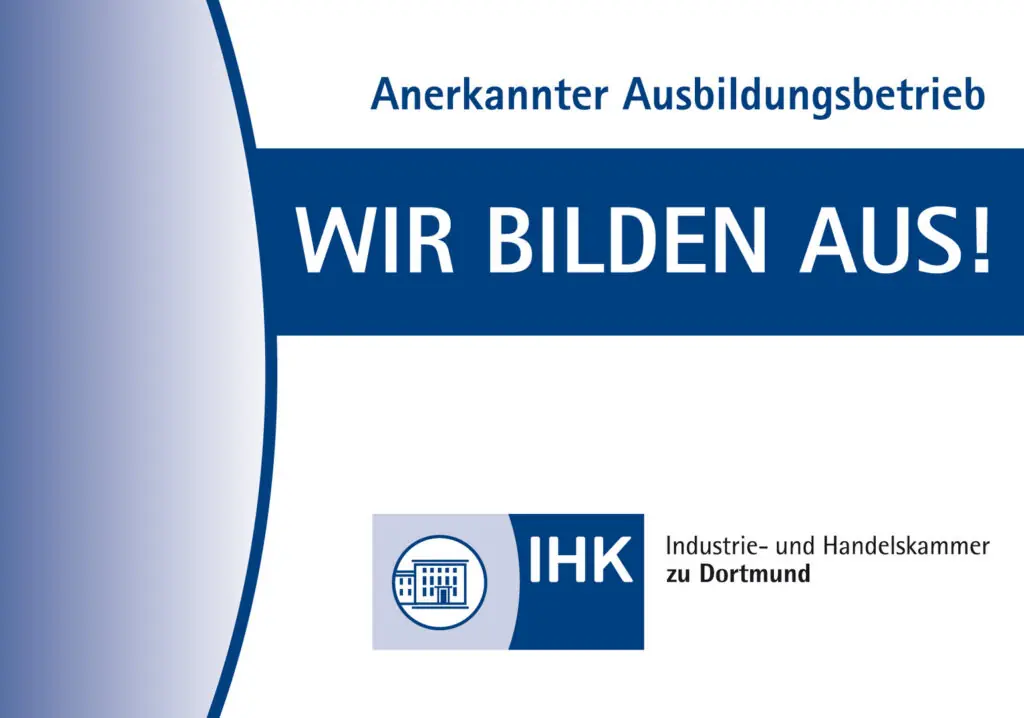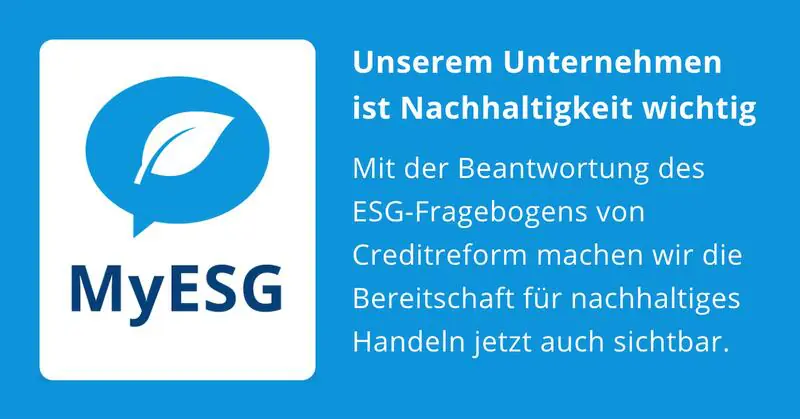Risk Classification of Medical Device in the EU
Understanding Medical Device Risk Classification under MDR
Before Medical Devices can be sold or used on the European Market, they must meet the legal requirements and procedures of the respective jurisdiction in order for them to comply with applicable standards and regulations. For most devices, this means meeting the requirements of Regulation (EU) 2017/745 on Medical Devices (MDR). One of the first and most critical steps in this process is correctly classifying your product according to its Risk Class, which directly impacts the conformity assessment procedure and the overall regulatory pathway.
Medical Device Classification EU
The classification is based on the vulnerability of the human body. Under the MDR, Medical Devices are classified based on intended purpose and associated risks. The deeper the product is introduced into the body and the longer it remains in use, the higher the risk and the higher the classification.
US approval
Classes I, II, III
Risk Class I with subclasses Is (sterile products), Im (products with measuring function) and Ir (reusable surgical instruments),
Class IIa, IIb and Class III
Classes A, B, C and D
The EU classification is based on the classification rules in Annex VIII of the MDR with criteria (see table).
Duration of Use | Place of Application | Reusable Surgical Instrument | Active Medical Device | Use of Biological Material | |||||
< 60 Minutes | < 30 Days | > 30 Days | Degree of | Central Circulatory System / Nervous System | therapeutic | diagnostic | Human | Animal | |
In this context, it is not possible to make a general assignment of Medical Devices to fixed Risk Classes; the assignment applies to the specific, individual product.
Applicants who have problems with the classification can, after reviewing all the available literature on the subject, first contact their responsible State Authority or a Notified Body and finally apply to the Federal Institute for Drugs and Medical Devices for Classification and/or demarcation in accordance with Section 6 (2) MPDG.
Risk based Cassification of Medical Devices
From the Risk Class and the Intended Purpose, the effort for further approval also depends. With increasing Risk Class, the requirements also increase, so for example, the involvement of a Notified Body may be required.
Risk Class and Intended Purpose also form the basis of the Technical Documentation, can be found in important documents and should be determined with extreme care.
The Risk Class is highly significant and has a major influence on the activities of the manufacturer, since almost all processes are aligned with it. These include, for example:
- The Quality Management System and a Post-Market-Surveillance System must be appropriate for the Risk Class.
- Determined by Notified Bodies as part of the Conformity Assessment Procedure, e.g. unannounced on-site audits and sample testing.
- Is Part of the Technical Documentation, EU Declaration of Conformity, UDI Database
- The scope of testing in product testing

Intended Purpose of a Medical Device
The significance of the Intended Purpose for the overall procedure is generally underestimated and is not always easy to understand. Specifically, the Intended Purpose regulates:
- the legal area in which the product is to be classified (Cosmetic, Biocide, Pharmaceutical, Medical Device)
- defines requirements for performance/clinical performance, compatibility and the extent of clinical evidence, and is therefore the basis for the “Risk-Benefit-Analysis”
- placing on the market and commissioning must comply with the MDR for the Intended Purpose
- products must be suitable for their Intended Purpose under normal conditions of use.
- determines the extent of the general safety and performance requirements, requirements for design and manufacturing
- is part of the Instructions for Use, the Summary of Safety and Clinical Performance, the Technical Documentation (Product Description and Specification)
We are happy to assist you with the classification of your Medical Device. Contact us to arrange a meeting.
Frequently Asked Questions
The Risk Class defines the level of risk associated with a Medical Device based on its intended use and the potential impact on patient safety. In the EU, Risk Classes range from Class I (low risk) to Class III (high risk), determined according to Annex VIII of the MDR.
The MDR defines the following classes:
Class I (with subcategories: Is, Im, Ir), Class Iia, Class Iib and Class III.
In-Vitro Diagnostics (IVDs) are classified separately into Classes A, B, C, and D.
The classification depends on factors such as the duration of use, invasiveness, the part of the body affected and whether the device is active or passive. The intended use, as defined by the manufacturer, is the key criterion for classification.
Examples include non-sterile wound dressings, manual wheelchairs and reusable surgical instruments (Ir). These devices have minimal risk when used correctly.
No. While both systems use Classes I, II, and III, the classification rules and requirements differ between the EU MDR and the U.S. FDA framework. A product’s class in the EU may not align directly with its FDA class.
Need more information?
WQS provides you with detailed information on your subject.
You can also explore our FAQ page and other resources for further insight
– or simply contact us for direct support.



